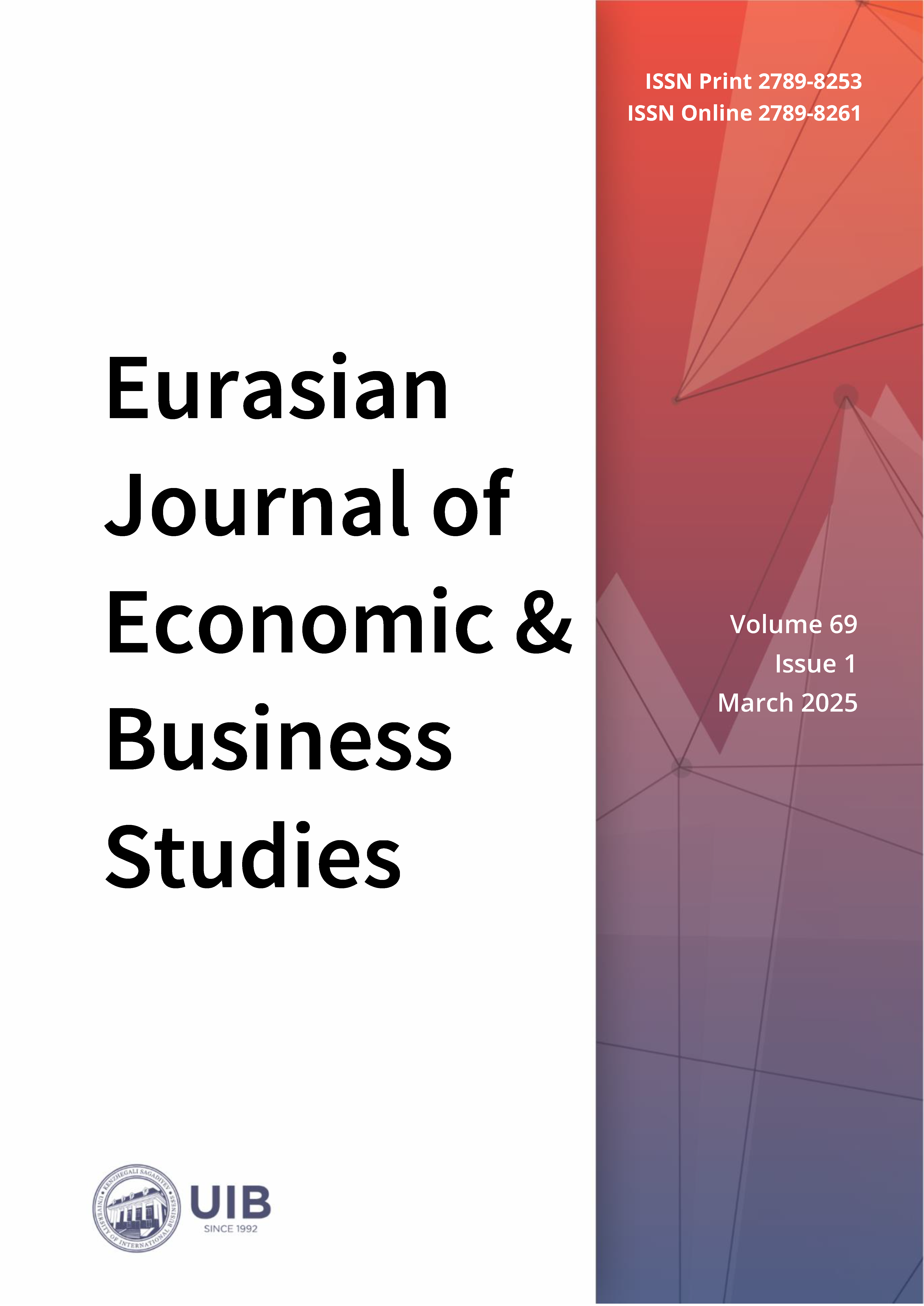Assessment of ESG Efficiency of Oil and Gas Sector in Kazakhstan
DOI:
https://doi.org/10.47703/ejebs.v69i1.455Keywords:
Economy, Economic Stability, Sustainable Development, Corporate Governance, Oil Production, Resource Management, Strategic Development, KazakhstanAbstract
The oil and gas industry plays a key role in the global and national economy, necessitating the need to develop sustainable development strategies to ensure long-term growth and resource security. The purpose of the study is to provide a comprehensive analysis of the ESG (environmental, social, and governance) efficiency of oil and gas companies in Kazakhstan based on the developed methodological approaches. The research employs a combined approach integrating quantitative and qualitative methods. Quantitative analysis includes statistical methods, econometric modeling, and index assessment, while qualitative evaluation is based on expert reviews, best practice analysis, and corporate reports. Correlation and cluster analyses are used to examine ESG performance and classify companies into different sustainability categories. The study is based on data from the RAEX analytical agency and the Bureau of National Statistics, covering the period from 2013 to 2023. The findings reveal significant disparities in ESG efficiency among Kazakhstan’s oil and gas enterprises. While leading companies demonstrate strengths in environmental sustainability (E-Rank = 6), they require improvements in social responsibility (S-Rank = 18) and governance (G-Rank=7). Correlation analysis indicates a strong relationship between industry wages and pollution levels, highlighting potential economic-environmental trade-offs. Achieving sustainable growth in Kazakhstan’s oil and gas sector requires technological modernization, and enhanced collaboration between regulatory bodies and private enterprises. Future research should explore the long-term financial and operational impacts of ESG policies on industry competitiveness.
Downloads
How to Cite
Downloads
Published
Issue
Section
License

This work is licensed under a Creative Commons Attribution 4.0 International License.
Authors retain copyright and grant the journal right of first publication with the work simultaneously licensed under a Creative Commons Attribution (CC-BY) 4.0 License that allows others to share the work with an acknowledgment of the work’s authorship and initial publication in this journal.



